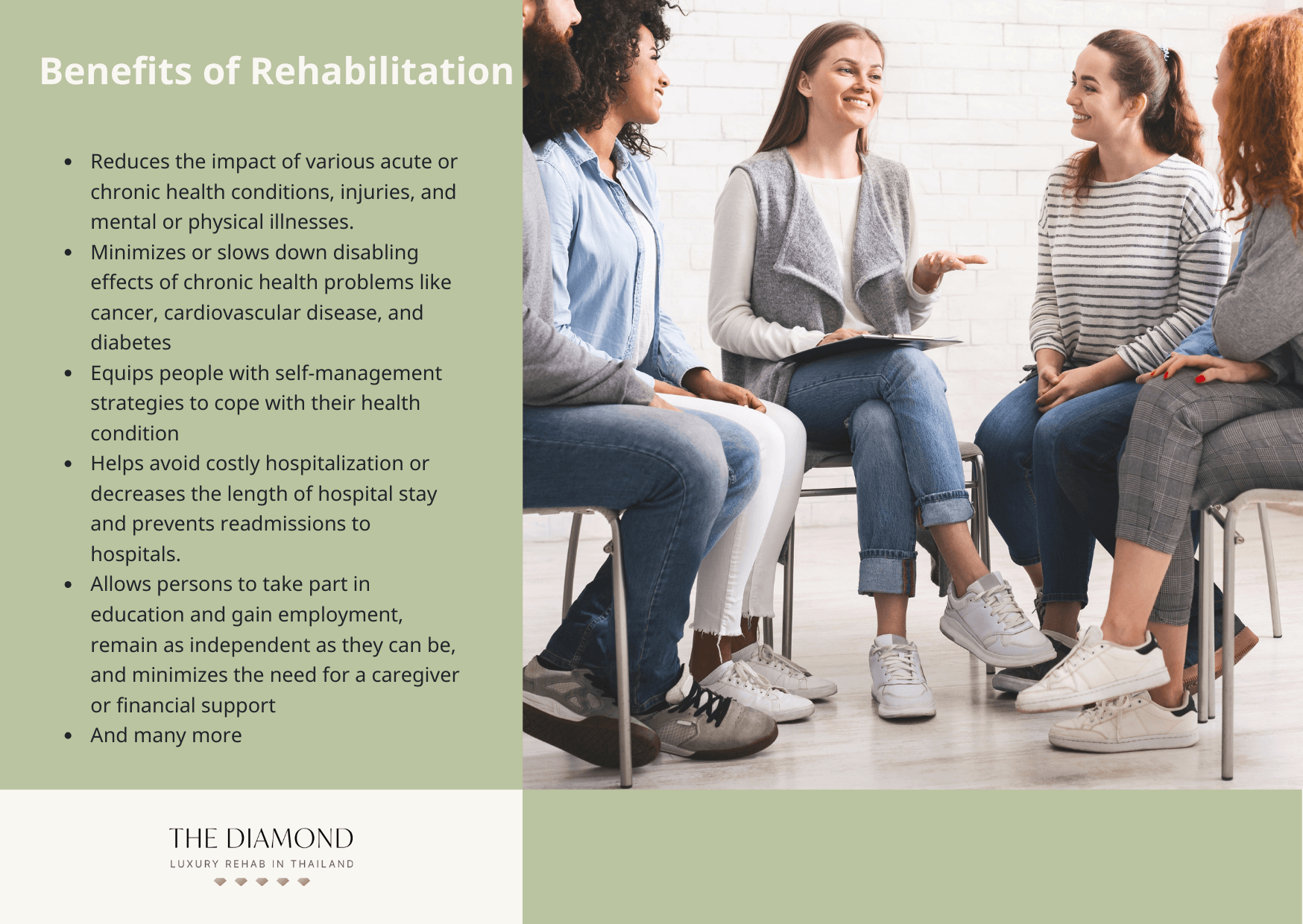Unknown Facts About Narconon Africa
Unknown Facts About Narconon Africa
Blog Article
Getting The Narconon Africa To Work
Table of ContentsThe Greatest Guide To Narconon AfricaThe Best Guide To Narconon AfricaAn Unbiased View of Narconon AfricaThe Ultimate Guide To Narconon AfricaIndicators on Narconon Africa You Need To Know10 Easy Facts About Narconon Africa ExplainedSee This Report about Narconon Africa
In a collection of papers with Manudeep Bhuller and Katrine V. Lken, we conquer these information obstacles and the nonrandomness of jail time, using new insights into exactly how imprisonment impacts recidivism, employment, children, and criminal networks - Drug rehab success. Number 1 Our work studies the effects of imprisonment in Norway, a setup with two crucial benefitsWe can even more link this details to other member of the family, including children and brother or sisters. We have details on co-offending that enables us to map out criminal networks for observed criminal offenses. Second, we can leverage the arbitrary project of criminal cases to courts who differ in their propensities to send out defendants to prison.
Yet some judges send out accuseds to jail at a high price, while others are a lot more lenient. We measure a judge's stringency as the ordinary imprisonment rate for all various other situations a judge takes care of, after managing for court and year set effects, which is the level of random job. This quasi-random project of court stringency can be used as an instrument for imprisonment, as it strongly anticipates the judge's decision in the present situation, but is uncorrelated with various other situation qualities both by design and empirically.
Not known Facts About Narconon Africa
Characteristics of prisoners, including demographics and criminal offense classifications, are extensively comparable in Norway and other nations, consisting of the USA, with the exceptions that the United States murder rate is much higher, and race plays a larger role there also. What stands out as various, specifically compared to the USA, is the jail system.
Number 2In Norway, the typical time invested behind bars is a little over six months, which is similar to most other Western European nations. This contrasts with average United States prison time of virtually three years, which remains in large part the factor the USA is an outlier in its imprisonment price compared to the remainder of the world [Number 1]
Examine This Report about Narconon Africa
This provides a lot more splitting up between small and hardened lawbreakers than exists in the United States. There is no congestion in Norwegian prisons and better individual safety, with each detainee being designated to their own cell and a higher inmate-to-staff ratio than in the USA (https://issuu.com/narcononza12). Prisons in Norway likewise supply well-funded education, medicine treatment, psychological wellness, and job training programs
Our research study on the results of imprisonment on the offender, utilizing the random assignment of courts as an instrument, returns three key searchings for. Jail time discourages even more criminal actions. We find that imprisonment reduces the possibility that a person will certainly reoffend within five years by 27 percent points and lowers the matching number of criminal charges per individual by 10 costs.
Narconon Africa for Dummies
We find substantial decreases in reoffending probabilities and advancing charged criminal activities also after defendants are released from prison. Our second result is that prejudice because of selection on unobservable specific attributes, if neglected, causes the erroneous verdict that time spent in jail is criminogenic. If we just compare criminal accuseds sentenced versus those not sentenced, we find favorable organizations in between incarceration and subsequent criminal offense.
This stands in comparison to our evaluation based on the random job of courts, which discovers an opposite-signed outcome. Third, the decrease in criminal offense is driven by individuals who were not working prior to imprisonment. Amongst these individuals, imprisonment enhances engagement in programs directed at boosting employability and minimizing relapse, and this inevitably increases employment and incomes while discouraging criminal actions.

Jail time creates a 34 percent factor increase in participation in task training programs for the formerly nonemployed, and within five years their work price rises by 40 percentage factors. At the same time, the possibility of reoffending within five years is reduced by 46 portion points, and there is a decline of 22 in the typical number of criminal costs.
The smart Trick of Narconon Africa That Nobody is Talking About

A probable description for the distinction is that Norway's jail system differs noticeably, both in regards to prison-term length and jail problems, from the US jail system. While understanding the results of imprisonment on the offender is a crucial very first step, recording spillover impacts is likewise vital for reviewing criminal justice plan and developing efficient prison systems.
Facts About Narconon Africa Revealed

Average least squares approximates expose that children of incarcerated papas are 1 percent factor much more likely to be charged with a crime, about a mean of 13 percent, and show no impact on school grades. Using our court stringency tool, we locate no statistical proof that a papa's incarceration affects a youngster's own criminal offense or college qualities, yet we are unable official site to dismiss modest-sized results.
The Best Strategy To Use For Narconon Africa
We define criminal groups based on network web links to prior criminal instances. Our analysis yields 3 major findings. First, when a criminal network participant is incarcerated, their peers' probability of being charged with a future crime lowers by 51 percentage factors over the next four years. Similarly, having an older bro put behind bars minimizes the probability his younger bro will be charged with a crime by 32 percentage points over the next 4 years.
Report this page